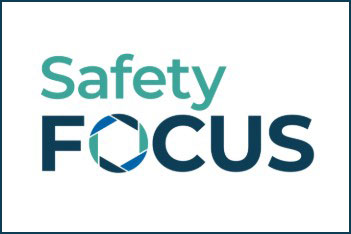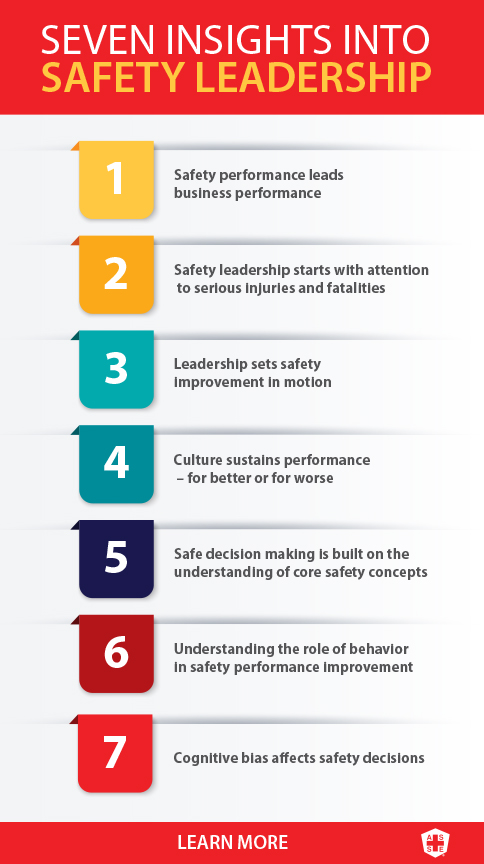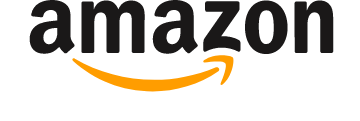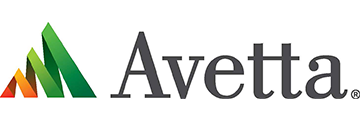
What does it take to be a great safety leader? Over a long career in OSH, Kristen Bell, partner at Krause Bell Group, has developed a number of insights into answering that question.
<<<<<<< Updated upstream
Click here to view infographic
At SeminarFest 2018, Bell will present a course on “7 Insights into Safety Leadership.” This seminar will discuss leadership principles for improving safety, changing culture and driving business success.
The culture of any organization starts with leadership, and safety should be integrated into every aspect of the business, from the top down. When improving safety in an organization, Bell says that the fastest, most efficient and effective place to start is with leadership.
“Leadership is the very best starting point for improving safety performance,” she says. “If you have the right kind of culture, it helps create an environment where people know they can do the right thing and want to do the right thing.”
A challenge to creating this kind of culture, Bell says, is that leaders don’t always have a good enough understanding of safety and don’t see how their decisions affect site supervisors and workers. “For years safety leadership focused on soft skills,” she says. “We need to raise the bar so that there are things that even senior leadership knows about safety.”
Once leadership has a better understanding of safety and uses that knowledge to positively affect its employees, it can start moving in the right direction. “Leaders have their hands on every other aspect of the business,” Bell says. “If you get them aligned and all pulling in the same direction for safety, then everything else will click into place.”
Part of establishing the right safety culture is for leadership to first focus on significant injuries and fatalities (SIFs) to prevent those types of incidents. For many years in OSH, the focus was on minor injuries and near-hits. The rationale was that if the focus is on minor, common occurrences then the more serious, rare incidents will take care of themselves.
Bell feels this mentality needs to change moving forward in order to facilitate real safety improvement. “When we take on the task of improving safety, we want to start with an emphasis on SIF potential, and that should be the senior leader’s focus,” she says. “They can then supplement those efforts if needed to address other safety concerns.” This is not to say that minor incidents and injuries aren’t important, but senior leaders should focus on SIFs first.
“It’s not wise to focus on minor injuries and near misses and hope that no SIFs occur,” she says. “Instead, senior leadership should start with a focus on the kinds of things that have the potential to be serious and fatal. Regardless of the actual outcome, focus on the potential.”
Going one step further, Bell stresses the importance of leadership examining precursors as well as potential to prevent SIFs. “Looking at potential is a step in the right direction,” she says. “But even more proactive than that, we want leaders seeing and addressing precursors before incidents happen.”
Precursors are high-risk situations where a safety control is compromised or missing. Identifying these requires a keen eye, a safety professional, or a worker who knows the operation and can recognize when something isn’t safe. It is important for leadership to understand that even if a precursor doesn’t lead to a negative outcome, the potential is there to cause a serious injury or fatality.
To identify SIF potentials and precursors within their organizations, leaders should partner with safety professionals, who are uniquely qualified to assist in these situations. Safety professionals can teach leadership how to use its own data to identify SIF exposures, potentials and precursors, and determine how they can all be properly managed.
By utilizing these and other principles, leadership can build a culture that embraces safety, improves performance and takes precautions against hazards that can do serious harm to employees.
Learn more about Bell’s course (#600) here.

Kristen Bell, partner at Krause Bell Group, specializes in data-driven innovation for safety improvement. She possesses a wealth of experience in improving safety leadership and organizational culture in industrial and healthcare settings. She holds a B.S. in Psychology from the University of Washington, an M.A. in Community and Clinical Psychology from California State University-Northridge and an M.B.A. from California Lutheran University. Bell is a member of ASSE’s Valley Coastal Chapter.



